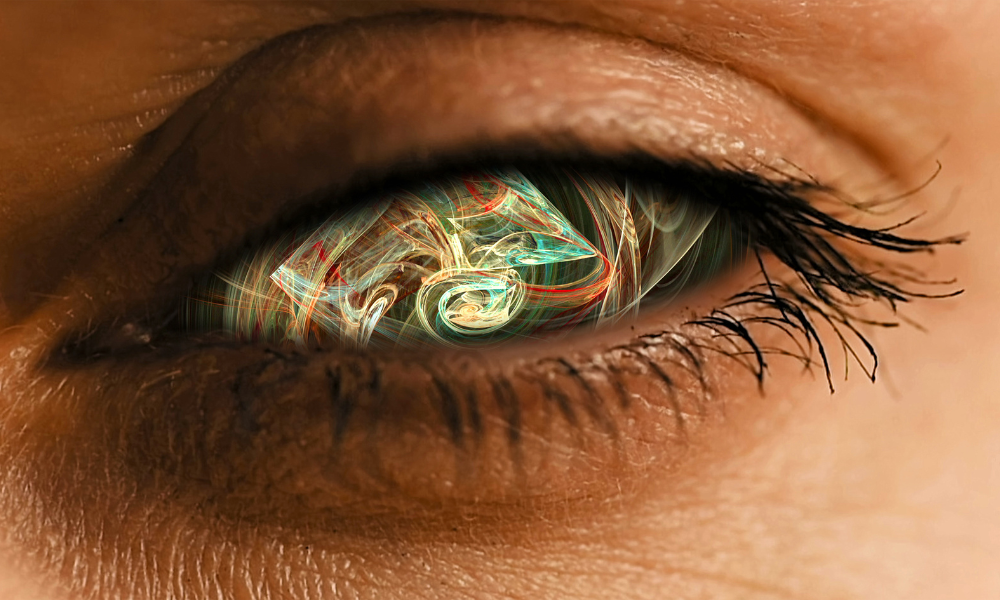How EMDR Can Help You
I am a super fan of EMDR Therapy. EMDR stands for Eye Movement, Desensitization, and Reprocessing and is a powerful psychotherapy known to be effective in treating trauma and post-traumatic stress disorder (PTSD).
I have spent eighteen years working as a therapist and have trained in various disciplines and modalities of psychotherapy aimed at helping issues that affect people’s mental health and limit their lives. I can honestly say, hands down, that I believe EMDR to be the closest thing to a one-size-fits-all therapy.
When I say, one size fits all, I mean that in the six years since I trained as a practitioner of EMDR, I have yet to see it fail to be effective, at some level, with any one of my clients or their presenting issues. It’s a psychotherapy I use daily, and my ‘go-to’ therapy for most clients.
EMDR helps you to process unresolved trauma. Now trauma is subjective and is different for different people. One person’s trauma isn’t necessarily another person’s trauma. Some believe only a near-death experience is a trauma, but, being called a name in the playground at school or not getting the job you wanted may also be a trauma for some.
Trauma is held in the body and can easily be triggered, bringing up negative emotions and uncomfortable somatic responses. Unresolved trauma can wreak havoc on a person’s life by causing stress responses such as depression, anxiety, insomnia, anger, and addictive behaviours. These in turn can limit your life.
It’s Quite Amazing!
People can struggle with unresolved trauma for tens of years and then find that after just a few sessions of EMDR they have freed themselves from the horrible feelings that have been so easily triggered for most of their lives. It’s quite amazing!
When a person comes into my therapy room seeking help for their panic attacks, anger management, or addiction, I immediately think, ‘Okay, where is the trauma in this person’s life’?
EMDR works by asking my client to recall a traumatic memory or to notice an emotion or somatic response they have been experiencing, like anxiety or a heavy feeling in the chest for example. They will then simultaneously move their eyes back and forth. I use a light scan for my clients to follow to help them to maintain eye movement as it’s hard on the eyes and not easy to maintain without a visual aid.

It’s a scientific fact that eye movement processes data, we know this as we process the input from the day whilst we sleep at night during REM sleep (Rapid Eye Movement). Information and emotions are processed as the eyes move rapidly under the eyelids. This is usually the time that we have the most intense dreams.
During EMDR Therapy, the eye movement, and subsequent processing of the traumatic event, helps to desensitize the traumatic memory and reprocess it in a more adaptive way. Negative emotions, uncomfortable feelings in the body, and sometimes other sensory information like sounds and smells start to subside and often a new perspective on the event can be realised.
EMDR has been found to be effective in treating a range of issues, including PTSD, depression, anxiety, and even phobias.
By using EMDR, you can reduce the symptoms of trauma that may be holding you back from living a fulfilling life. So, if you’re looking for an effective way to address difficult memories, negative emotions, limiting behaviours, stress responses, fears, and addictions, EMDR may very well be the therapy that helps you to move forward in a healthier and more positive way.






